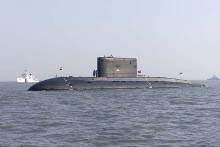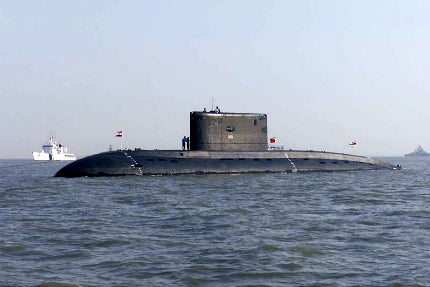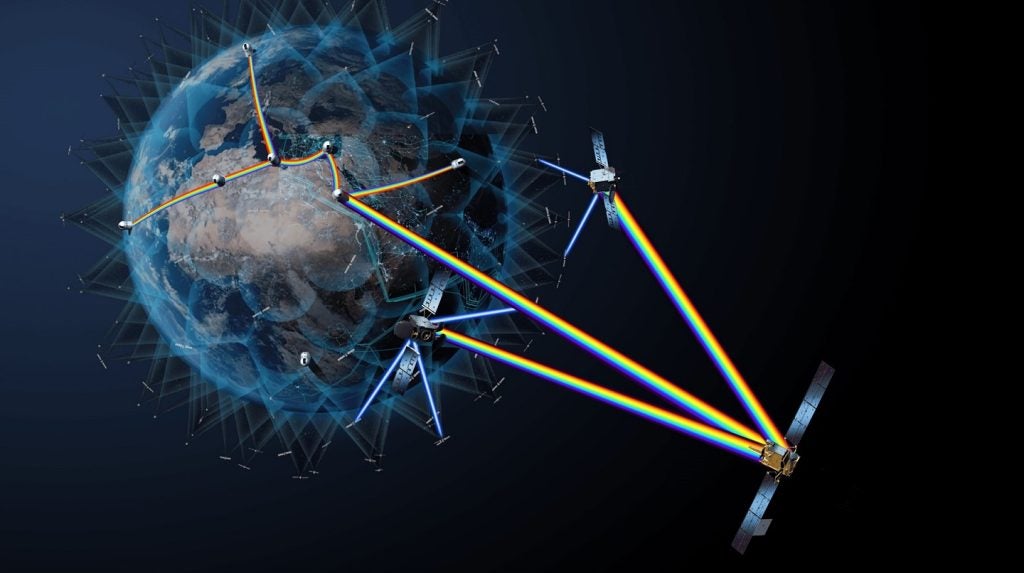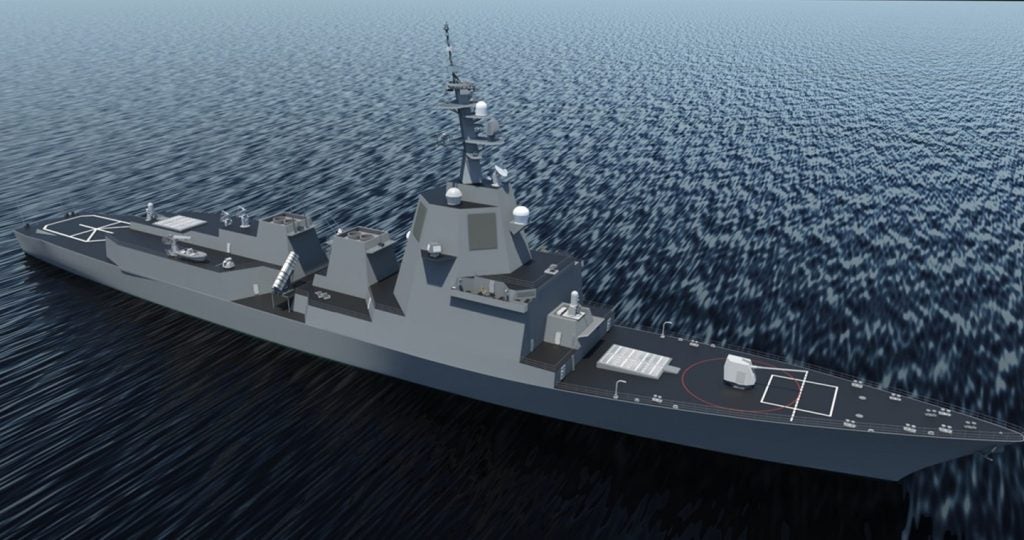

Indian Navy’s Sindhurakshak sinks, killing onboard sailors

The Indian Navy’s Sindughosh-Class submarine, INS Sindhurakshak (S63), has submerged off the naval dockyard in Mumbai, following an explosion shortly after midnight on 14 August 2013.
The submarine, which recently completed a $80m (£52m) modernisation programme in Russia, was reportedly carrying a crew of 18 onboard at the time of incident.
Even though an investigation is under way to establish the cause, unidentified sources attributed the explosion to a defective battery, which resulted in similar submarine accident in Visakhapatnam in 2010.
How well do you really know your competitors?
Access the most comprehensive Company Profiles on the market, powered by GlobalData. Save hours of research. Gain competitive edge.

Thank you!
Your download email will arrive shortly
Not ready to buy yet? Download a free sample
We are confident about the unique quality of our Company Profiles. However, we want you to make the most beneficial decision for your business, so we offer a free sample that you can download by submitting the below form
By GlobalDataNRL develops SiN-VAPOR technology to enhance IED detection
US Naval Research Laboratory (NRL) scientists have developed a new small, lightweight sensor, known as Silicon Nanowires, in a vertical array with a porous electrode (SiN-VAPOR), to enhance improvised explosive device (IED) detection for the military.
See Also:
The SiN-VAPOR sensor, which is in the early stages of development, has demonstrated its detection capability on the parts-per-billion, and even parts-per-trillion, level of sensitivity, marking the first step in using trace chemical detection to solve the IED detection problem.
The SiN-VAPOR programme aims to have a small field-deployable, distributed sensor on the same form factor as the cell phone.
Marine Corps and NSWCDD to enhance shoulder-launched assault weapon
The US Marine Corps Systems Command (MCSC) and the Naval Surface Warfare Center Dahlgren Division (NSWCDD) are partnering to enhance the shoulder-launched multipurpose assault weapon (SMAW).
The current SMAW version MK153 Mod 0, which was first fielded in 1984, has featured the same design for nearly three decades.
In addition, the Mod 0’s primary aiming system, a spotting rifle, is said to have a number of drawbacks as the gunner can fire the rocket only after the marine hits the target with 9mm bullet.
Turkey issues RFI for assault boats competition
The Turkish undersecretary for defence industries (SSM) has issued an official request for information (RFI) for procurement of new assault boats, undisclosed military officials have revealed.
Issued late last month, the RFI seeks acquisition of ten new assault boats for the national navy as part of the Turkish-type assault boat programme, Defense News reports.
An official, on the condition of anonymity, was quoted by the news agency as saying the competition primarily seeks local shipyards but will also feature a foreign contest.
Brazilian Navy’s final Amazonas-Class ship sets sail to its homeport

The Brazilian Navy’s third and final BAE Systems-built Amazonas-Class ocean patrol vessel (OPV), Araguari, has set sail from the UK, on a journey to its home port in the north-eastern city of Natal, Brazil.
In preparation for the journey and the operations, Araguari’s crew of 80 has also completed the UK Royal Navy’s flag officer sea training, with support from the BAE team.
On its journey, the latest ship will undergo a diplomatic tour of Europe.
Belgium’s Navy takes delivery of first NH90 naval helicopter
The Belgian Navy has received the first NH90 Nato frigate helicopter (NFH) from Eurocopter’s Donauwörth industrial site in Germany, to boost its maritime capability.
Rated at full operational capability (FOC), the NH90 will meet Belgium’s multirole mission requirements while replacing the Belgian Navy’s Sea King helicopters.
Eurocopter NH90 programme director Michel Polychroniadis said Belgium will benefit from the operationally proven NH90 NFH and its already validated performance, reliability and versatility.
German Navy’s Elbe-Class ships to feature Indra’s communication systems

The German Navy has awarded a contract to Indra to install its satellite communication systems onto their Type 404 Elbe-Class support ships.
Under the three-year contract, the company will manufacture, install and test the satellite communication systems in support of the German Navy’s type 404 Elbe-Class logistical support vessels to enhance communications capability at sea.
Indra will install the terminals to enable secure communication in some of the most difficult conditions for the ships anywhere in the world, and will also provide training of the ships’ crews as part of the contract.


.gif)




